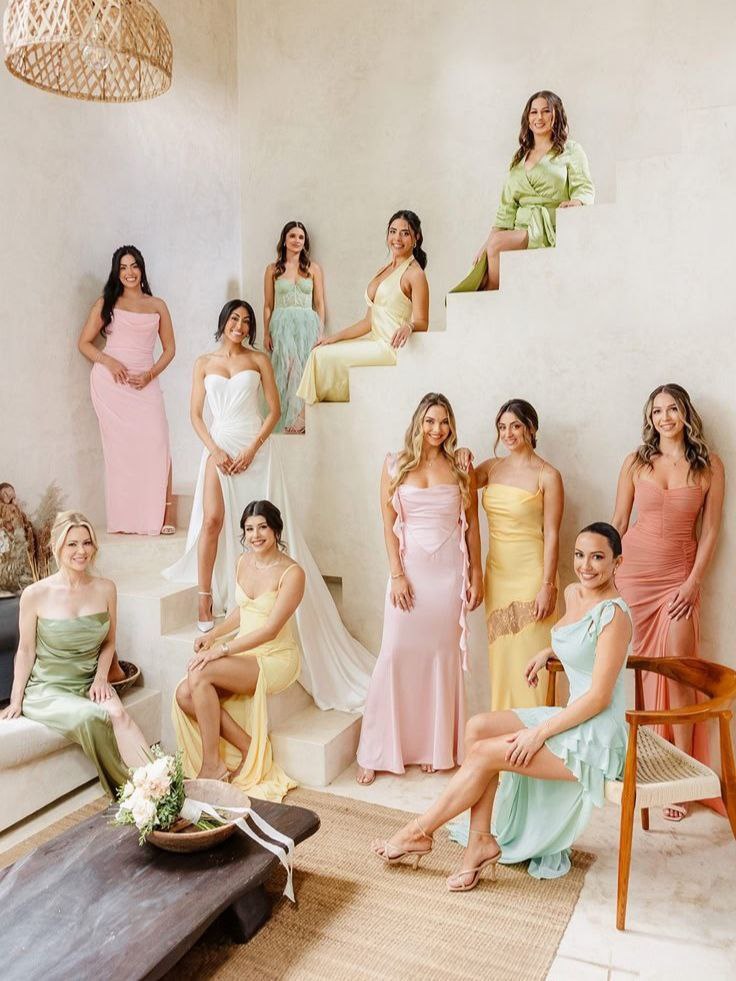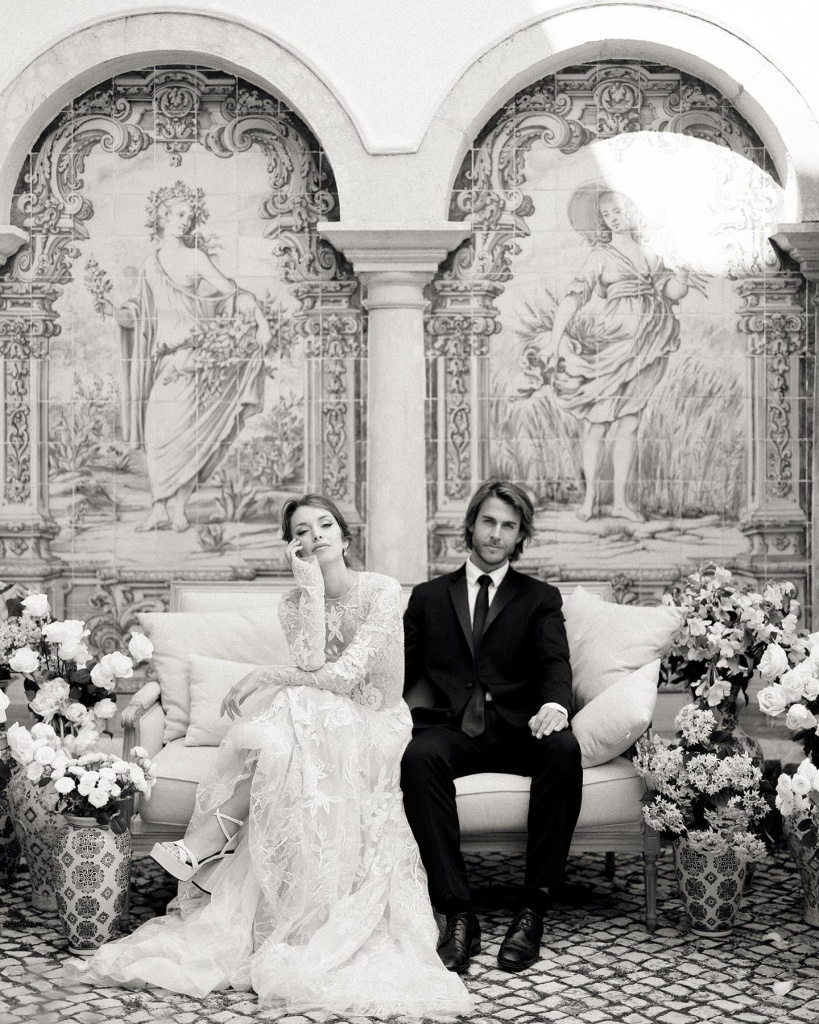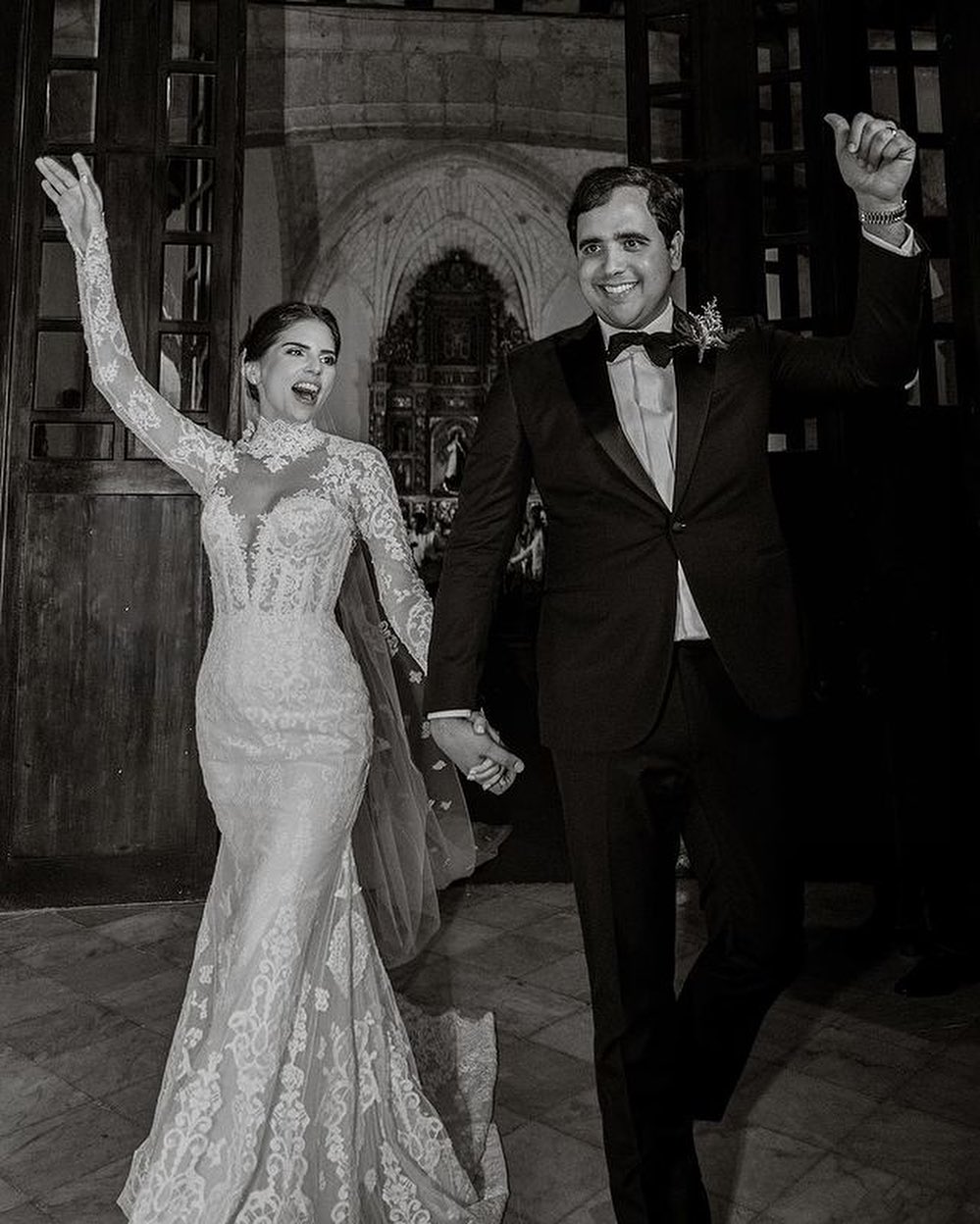The History of Engagement Rings
- Author: Natali Grace Levine
- Reading time: 2 min 57 sec
- Publication date: 12/06/2024
- Updated: 08/15/2025
Engagement rings are more than just beautiful adornments; they are symbols of love, commitment, and promises made for the future. This enduring tradition has evolved through centuries, drawing from the customs of ancient civilizations and adapting to cultural and societal changes. Here’s a captivating journey through the history of engagement rings, from their ancient origins to modern-day trends.

Ancient Beginnings: A Circle of Eternity
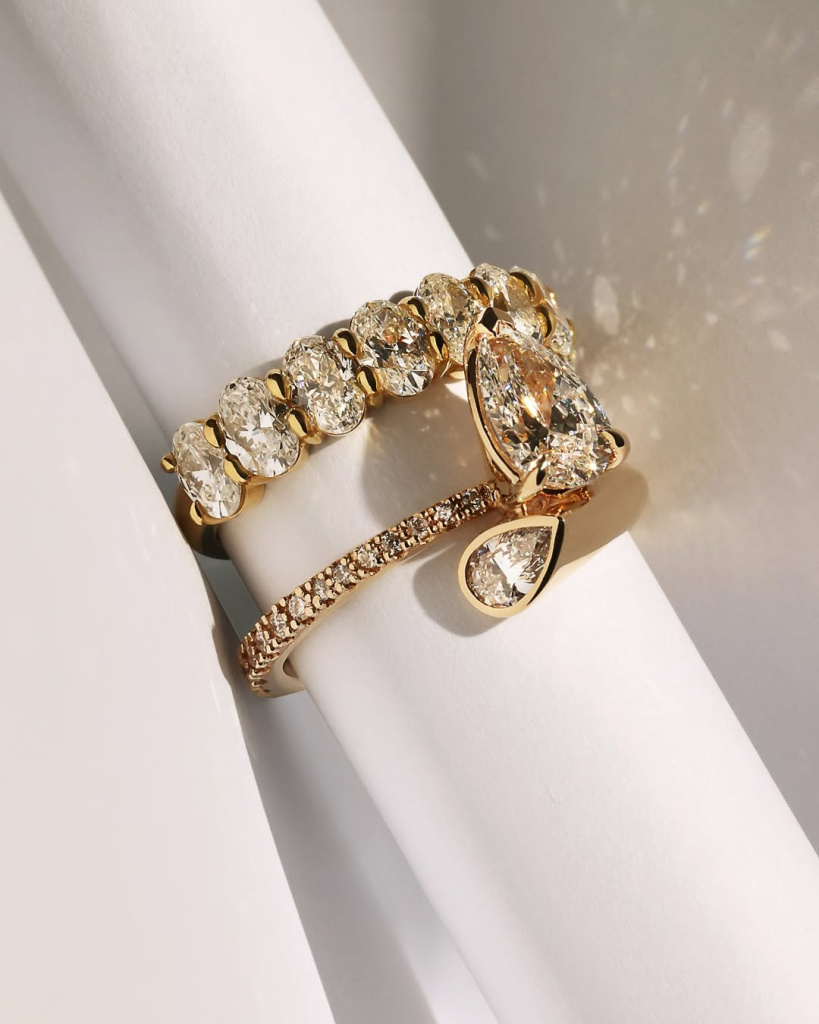

The story of engagement rings begins in ancient Egypt, where rings were exchanged as tokens of love and eternity. The Egyptians believed that a circular band symbolized infinity, a sentiment echoed in the endless bond of marriage. Rings were often made from simple materials like braided reeds, leather, or ivory. They were worn on the fourth finger of the left hand—a tradition based on the belief that the "vena amoris" or "vein of love" connected this finger directly to the heart.
In ancient Rome, engagement rings, or anulus pronubus, evolved into more practical symbols of a binding agreement. Roman rings were typically crafted from iron to signify strength and permanence. Later, wealthier Romans began using gold rings, adding an element of status and luxury to the tradition. The Romans also introduced the idea of wearing a ring to symbolize ownership, as wives were seen as part of their husband’s household.
Medieval and Renaissance Periods: Romance Takes Shape
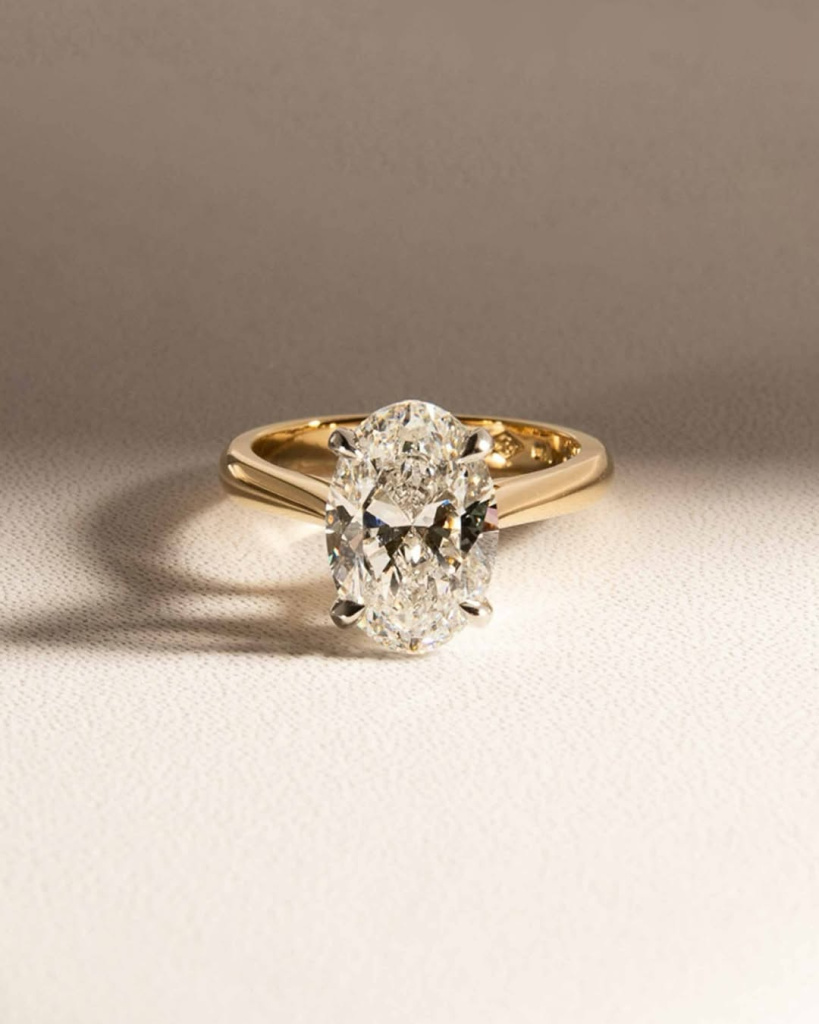

The Middle Ages brought deeper romantic significance to engagement rings. By the 12th century, engagement rings were formally incorporated into Christian betrothal ceremonies. During this time, poesy rings became popular among the European aristocracy. These rings were often inscribed with romantic phrases or verses such as “vous et nul autre” (you and no other) or “amor vincit omnia” (love conquers all), blending sentimentality with artistic craftsmanship.
One of the most notable moments in the history of engagement rings occurred in 1477 when Archduke Maximilian of Austria presented Mary of Burgundy with a diamond ring. This ring, adorned with small, flat diamonds forming the letter "M," is considered one of the first diamond engagement rings in history. This act set a precedent among European nobility, cementing diamonds as the ultimate symbol of everlasting love.
Victorian Influence: Diamonds and Sentimentality
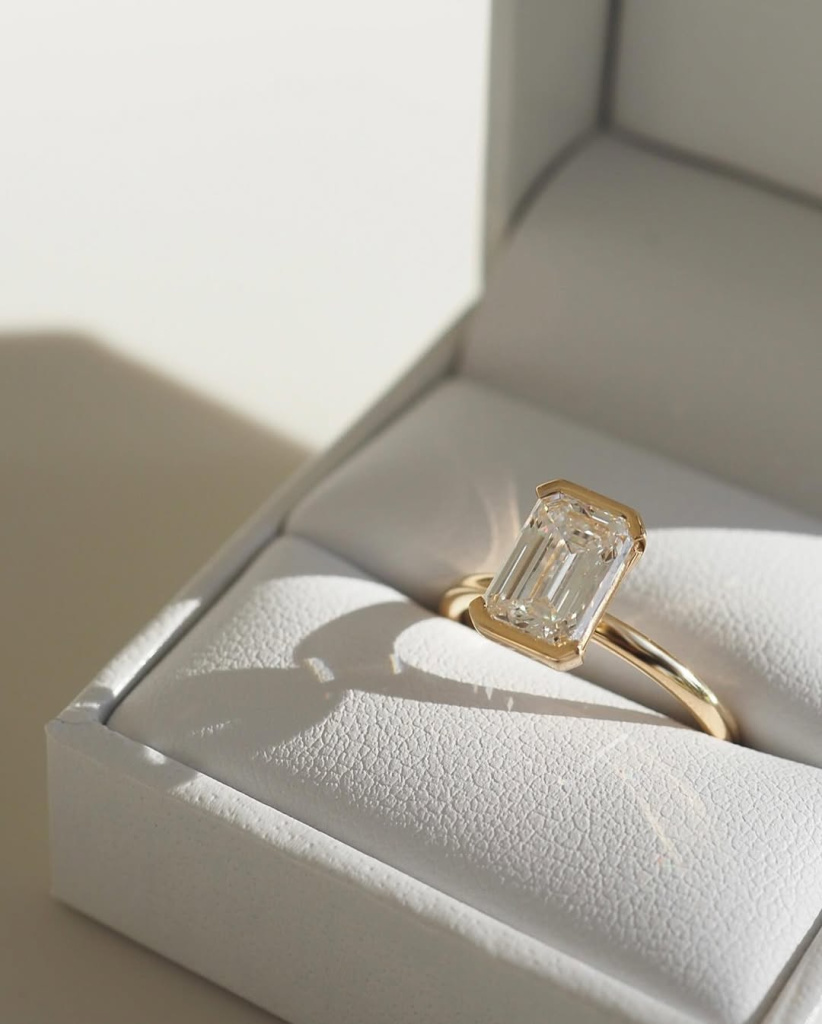
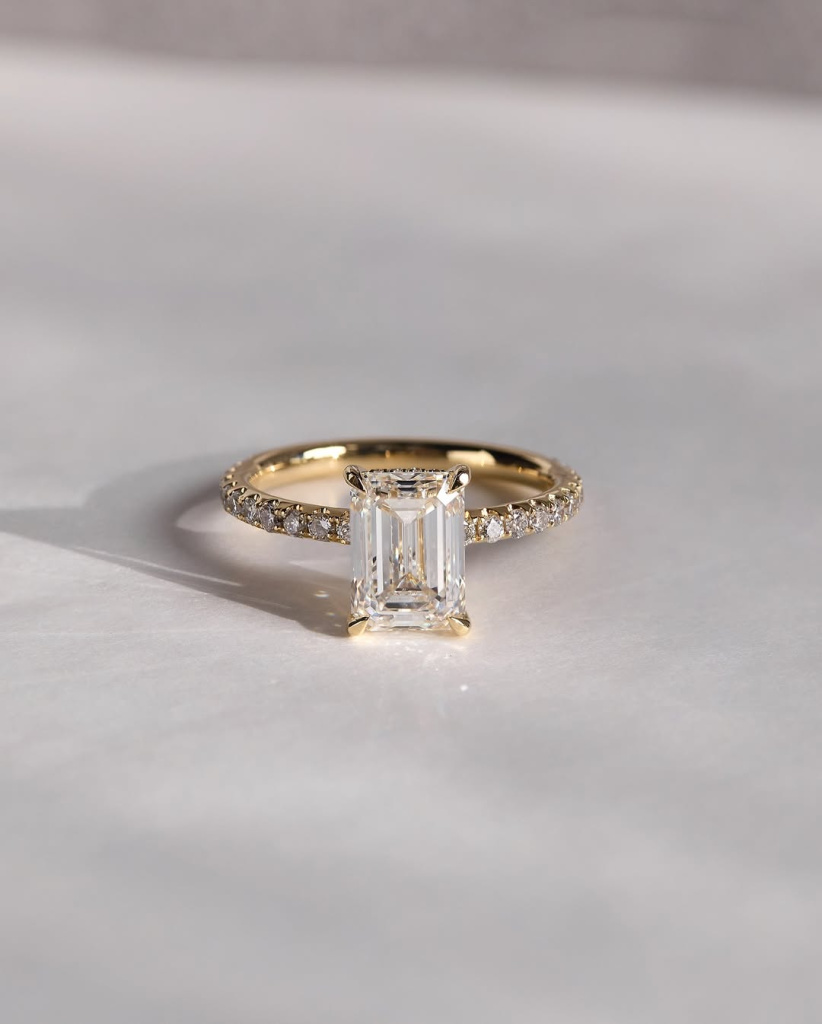
The Victorian era ushered in a new wave of creativity and sentimentality. Engagement rings from this time often featured elaborate designs, blending diamonds with colorful gemstones, enamel, and intricate floral motifs. Queen Victoria herself played a pivotal role in popularizing engagement rings. Her own engagement ring from Prince Albert was shaped like a serpent—a symbol of eternal love in the 19th century.
The discovery of diamonds in South Africa during the mid-1800s further propelled the popularity of diamond engagement rings. These newfound resources made diamonds more accessible to the growing middle class, while their sparkle and durability aligned perfectly with the ideals of everlasting love.
The 20th Century: Marketing a Legacy
The modern era of engagement rings owes much to one of the most successful marketing campaigns in history. In 1947, the diamond company De Beers launched the iconic slogan, “A Diamond is Forever.” This campaign not only established diamonds as the preeminent choice for engagement rings but also connected them with the idea of eternal commitment. De Beers also introduced the "two months’ salary" guideline, creating a societal expectation that persists to this day.
During the mid-20th century, solitaire diamond rings dominated the market, embodying simplicity and elegance. This was the era that defined the traditional engagement ring as we know it today.

Notable Historical Anecdotes: Rings That Made History


History is peppered with engagement rings that tell fascinating stories. One such tale involves Princess Diana, whose sapphire and diamond engagement ring sparked a global trend in colored gemstones. This iconic ring, now worn by Catherine, Duchess of Cambridge, highlights how engagement rings can transcend generations.
Similarly, Jacqueline Kennedy’s emerald and diamond ring reflected her unique style and status, inspiring countless designs in the 1960s.
Contemporary Trends: Redefining Traditions

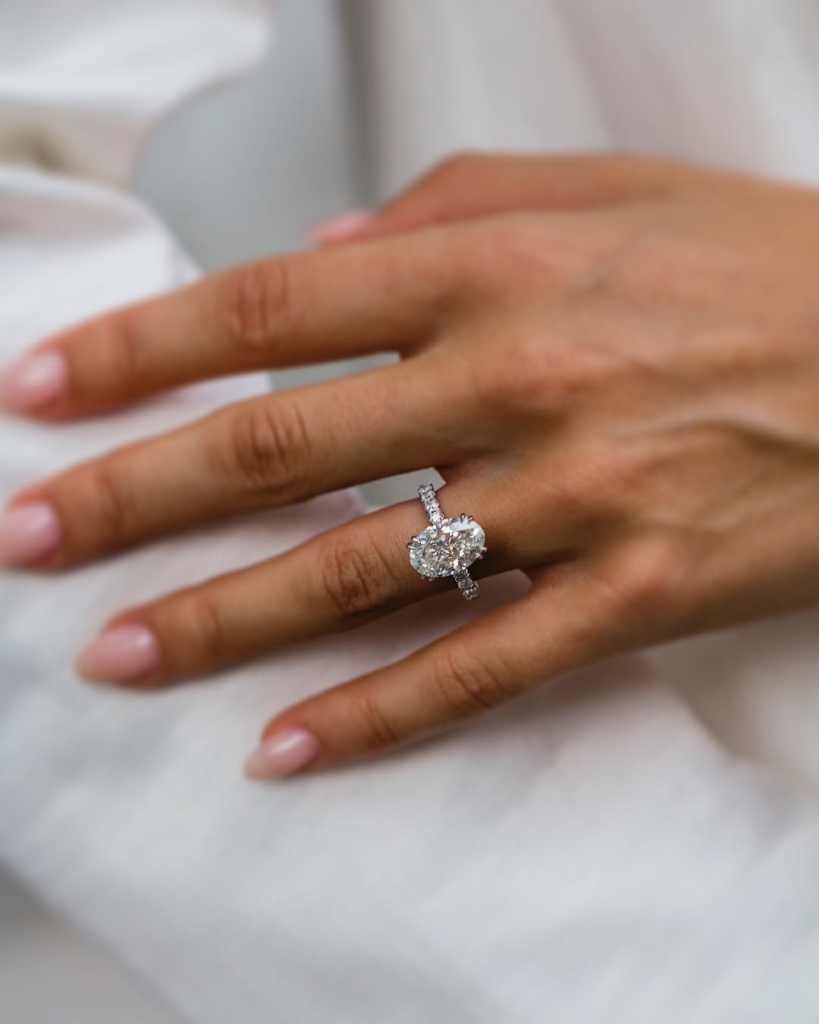


Today’s engagement ring trends reflect a departure from convention, embracing individuality and ethical values. Many couples are opting for colored gemstones, such as sapphires, emeralds, and even moissanite, as alternatives to traditional diamonds. Vintage-inspired designs have also made a comeback, with intricate settings and heirloom aesthetics appealing to modern romantics.
Another significant trend is the rise of lab-grown diamonds, which offer a more sustainable and ethical option while retaining the brilliance and durability of natural diamonds. Couples are also exploring unique designs that incorporate personal elements, such as birthstones or engraved messages.










